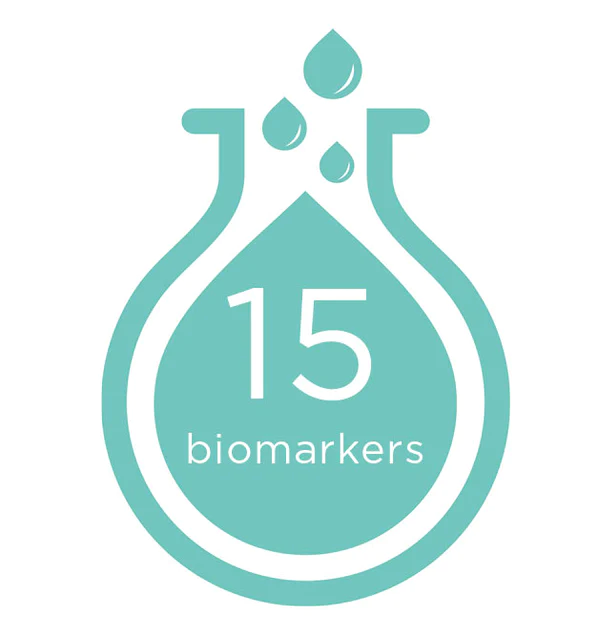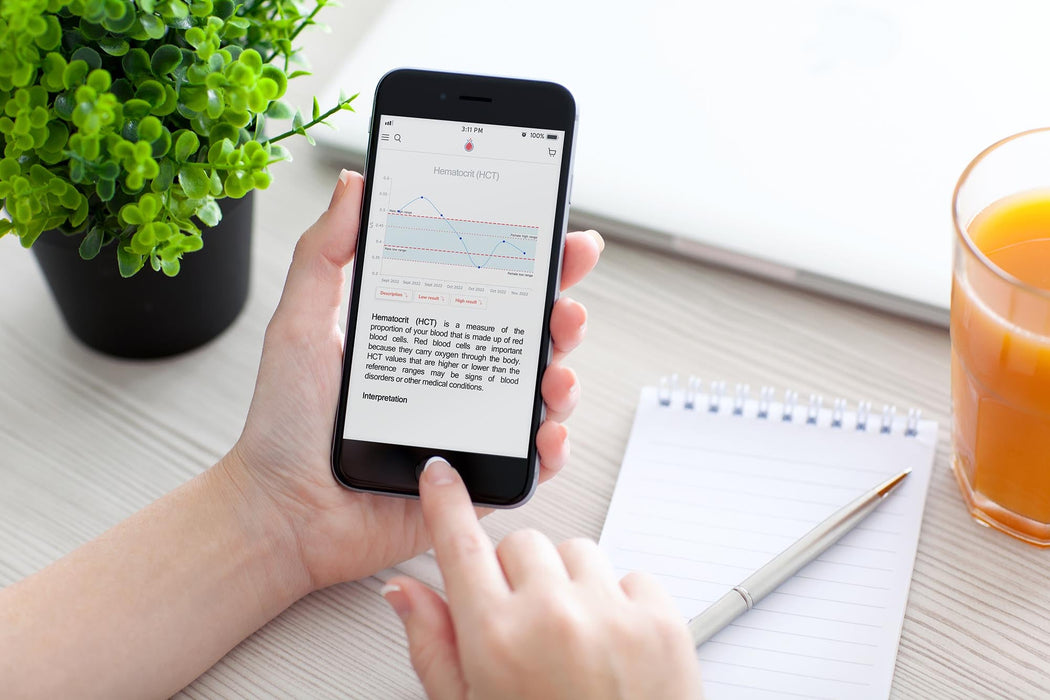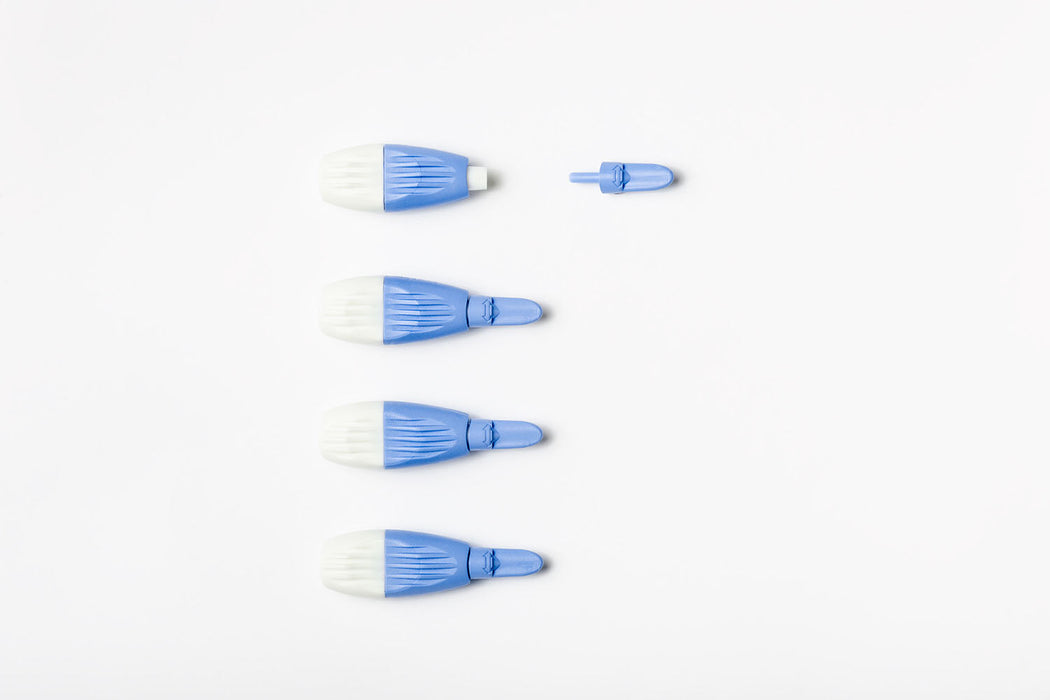What is it?
Haemoglobin (HGB) is the iron containing molecule within red blood cells that binds to oxygen and allows the blood to carry oxygen from the lungs to other parts of the body. Normal levels of haemoglobin are therefore important for the healthy functioning of all parts of the body. Women tend to have a lower level of haemoglobin than men.
Interpretation
Haemoglobin is the iron containing molecule that carries oxygen around the body. Haemoglobin levels are low in anaemia and, if haemoglobin is low, then oxygen cannot effectively reach all parts of the body. This causes feelings of weakness, tiredness, light headedness, and shortness of breath amongst other symptoms.
Reference ranges
If your indicative HGB count is lower than the reference range for our laboratory:
Common causes of low HGB include iron deficiency and deficiencies in vitamins such as folate or B12.
Sometimes is is associated with blood loss or other underlying diseases such as kidney disease.
Low HGB can also be seen in blood conditions such as sickle cell disease or thalassemia where the body makes a different kind of HGB than that seen in most people.
If your HGB is low, we suggest speaking to your GP about the need for further investigations to find the cause of low HGB.
If your indicative HGB count is higher than the reference range for our laboratory:
High HGB is seen in people who smoke or people who spend a lot of time at high altitude, or sometimes the result is simply due to dehydration.
It is also seen in people with chronic lung or heart disease.
Occasionally it is the result of a blood disorder called Polycythaemia Vera where the body produces too many red blood cells.
If your HGB is high, we suggest speaking to your GP about the need for further investigations to find the cause of high HGB.




















